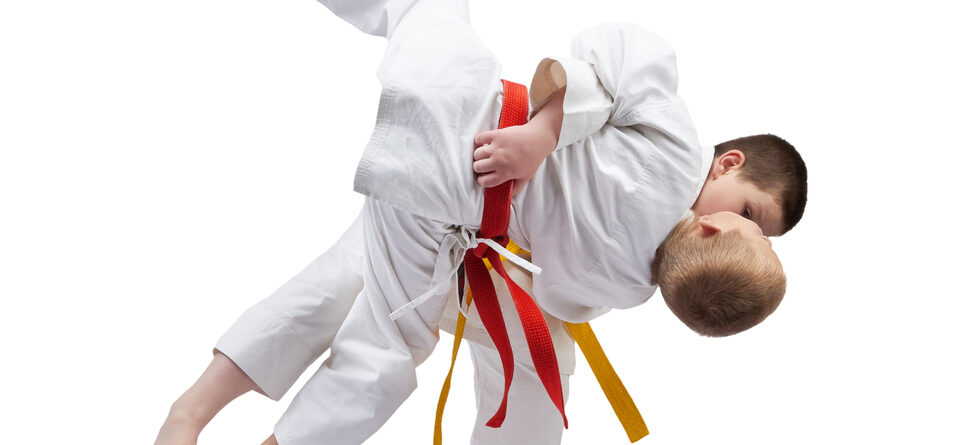In Brazilian Jiu-Jitsu (BJJ) competitions, the suplex is typically considered an illegal technique due to safety concerns and the potential for serious injury. A suplex is a wrestling throw that involves lifting an opponent off the ground and slamming them forcefully onto their back or shoulders. While the suplex can be an effective takedown technique in wrestling and other grappling arts, its use is generally prohibited or heavily restricted in BJJ competitions for several reasons.
Here are several reasons why the surplex is heavily restricted in BJJ competitions…
- Risk of Injury – The suplex involves lifting and throwing an opponent with significant force, which can increase the risk of various injuries, including head and neck injuries, spinal injuries, concussions, and fractures. The forceful impact of the throw can cause serious harm, particularly if the recipient is unable to break their fall or lands on a hard surface.
- Safety Concerns – BJJ competitions prioritize the safety and well-being of competitors, and rules are in place to minimize the risk of injury during matches. Techniques that involve slamming or spiking an opponent onto the mat are generally prohibited to prevent unnecessary harm and ensure a safe environment for all participants.
- Focus on Ground Fighting – BJJ competitions primarily focus on ground fighting, submissions, and positional control rather than high-impact throws and takedowns commonly seen in wrestling or judo. The rules and scoring criteria of BJJ tournaments are designed to encourage technical grappling skills and submissions rather than brute force or aggression.
- Emphasis on Control and Technique – BJJ emphasizes control, leverage, and technique over sheer strength or athleticism. Competitors are encouraged to use skillful positional control and submission techniques to outmaneuver their opponents rather than relying on powerful throws or slams.
While the suplex is generally prohibited in BJJ competitions, variations of takedowns and throws that are executed with control and consideration for the safety of both competitors may be allowed within certain rulesets or divisions. Practitioners may learn suplex techniques for self-defense or as part of their overall grappling repertoire but should exercise caution and consider the potential risks associated with their use in training or competition.




